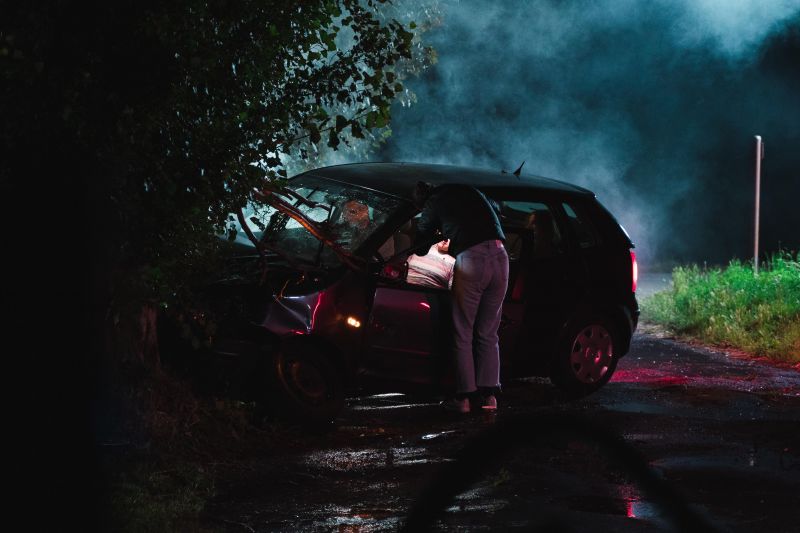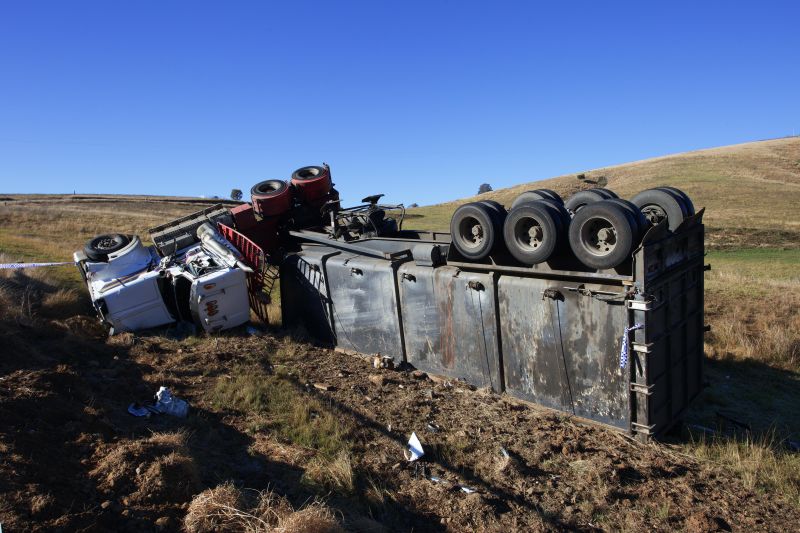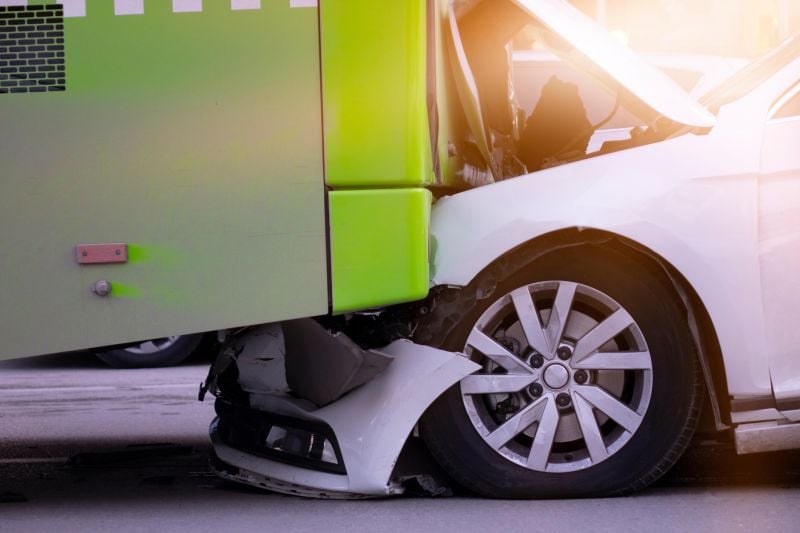In the lead-up to the Federal Election, Australia’s peak body for motorists has revealed the 25 electorates with the worst road tolls while again calling for better transparency for crash data.
Information published by the Australian Automobile Association (AAA) shows that out of the 151 federal electorates, the national median road toll is six motorists per year.
Tragically, all 25 electorates on its list exceed the median by more than double.
At the top of the list is the Northern Territory electorate of Lingiari, which in 2024 was the site of 46 road fatalities.
Hundreds of new car deals are available through CarExpert right now. Get the experts on your side and score a great deal. Browse now.
Despite the relatively low population of the region, it’s Australia’s second-largest electorate by size, covering all of the Northern Territory except for Darwin and Palmerston.
Behind it in the list for road fatalities were Parkes in New South Wales (38 in 2024), Durack in Western Australia (32 in 2023, as 2024 data wasn’t available), Maranoa in Queensland (31 in 2024), and O’Connor in Western Australia and New England in New South Wales tied on 30.
Lingiari, Durack, Maranoa and O’Connor are four of the ‘big six’ electorates – in addition to Grey and Kennedy – which represent more than 75 per cent of Australia’s electoral land mass. These are largely rural or regional electorates.
| Federal electorate | State or territory | Deaths in 2024 (or 2023 for Western Australia) |
|---|---|---|
| Lingiari | Northern Territory | 46 |
| Parkes | New South Wales | 38 |
| Durack | Western Australia | 32 |
| Maranoa | Queensland | 31 |
| O’Connor | Western Australia | 30 |
| New England | New South Wales | 30 |
| Nicholls | Victoria | 26 |
| Kennedy | Queensland | 25 |
| Barker | South Australia | 25 |
| Grey | South Australia | 22 |
| Wannon | Victoria | 22 |
| Farrer | New South Wales | 21 |
| Indi | Victoria | 21 |
| Flynn | Queensland | 20 |
| Dawson | Queensland | 20 |
| Riverina | New South Wales | 18 |
| Capricornia | Queensland | 18 |
| Page | New South Wales | 17 |
| Hinkley | Queensland | 17 |
| Leichhardt | Queensland | 17 |
| Calare | New South Wales | 16 |
| Mayo | South Australia | 16 |
| Wright | Queensland | 15 |
| Lyne | New South Wales | 14 |
| Canning | Western Australia | 14 |
AAA managing director Michael Bradley reiterated calls for road safety data to be used to better inform road funding, with an aim to reduce the nation’s road toll.
“Road deaths are up across the nation and have increased in each of the past four years,” Mr Bradley said.
“But our data shows the road safety crisis is hitting hard outside of our cities and this puts the onus on all political parties to assure Australians that road funding is being directed to the areas where it can save the most lives.
“If this data was made public, people could make their own judgements about whether politicians allocate road funding to save lives or to win votes in marginal electorates.
“It’s a simple, commonsense proposal that would improve road safety while also lifting public confidence in the integrity of government decision-making.”
As previously reported, Australia’s federal, state and territory governments agreed to the 10‑year National Road Safety Strategy in 2021, which has five main targets to reach by 2030:
- Reducing road deaths by 50 per cent from a 2018–2020 baseline
- Reducing serious injuries by 30 per cent from a 2018–2020 baseline
- Zero road deaths of children aged seven years and under
- Zero road deaths in city CBD areas
- Zero road deaths on all national highways and on high-speed roads covering 80 per cent of travel across the network
Australia is currently not on track to meet any of these targets.






